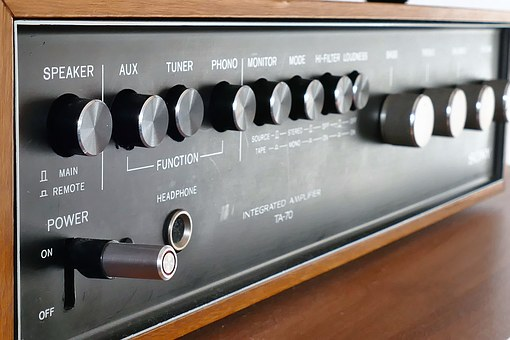Home recording has never been important than today during the COVID-19 pandemic. If you’re a musician and have no time and resources to go to a physical studio, you can convert your home into a home studio. There are different recording equipment whose costs of purchase vary. Therefore, you can always choose equipment that fits your budget and still enjoy some quality production.
You can start with a straightforward bedroom setup, provided it can yield the results you desire. Additionally, you must not have every piece of equipment that you can find at the studio. You can be creative and harmonize the equipment you have and still enjoy good quality music. Here are the top tips to choose the ideal home recording equipment.
What Do You Want the Equipment For?
Why do you need certain home recording equipment? Are you an artist that wants to record your music cheaply? Many people buy home recording equipment for this purpose. Based on the information at https://homestudioexpert.com/, this should be your initial step. Answering these questions can guide you to acquire must-have equipment.
It could also be you are interested in professional recording. These two different scenarios require different sets of equipment pieces. These scenarios can also challenge you to be more open-minded. Think about the interests of the artists you’ll be recording music for. Consider their vulnerabilities and emotions. Think about how you can bring the best out of yourself or other people you will record songs for.
How Much Space Do You Have?
The size of the room you want to set up your home studio can influence the type of equipment you acquire. Think about your room size, the dimensions of the room, the ceiling height, the room’s noise level, and the surfaces within the destined room. Avoid small rooms as they can limit your acoustics. Bigger rooms can give you enough recording space. They can allow you to have such big instruments as guitars and keyboard stands.
As with the room dimensions, avoid square rooms as they can encourage a huge build-up of standing waves. This can consequently lower your audio quality. Choose room surfaces that have limited hard surfaces and less reflective surfaces. Wooden floors are a good option.
Get an Audio Interface
You can choose a USB audio interface to let you connect your recording equipment to the speakers, microphones, and headphones to your computer. Depending on how many channels you need for your recording drums, you might have to choose a more extensive interface. You can also acquire some converters and preamps.
Microphones are Essential
You can enjoy recording with a quality condenser microphone. A huge cardioid diaphragm microphone. These cardioid microphones reject sound from the rears and are suitable for your home. Your recording room must not be as perfect as the studio recording rooms. Large-diaphragm condensers can also enable you to enjoy sounds on acoustic guitars, vocals, and acoustics. As you advance, you can add a cardioid dynamic microphone to enjoy better vocals, guitar cabs, and percussion.
Get Some Microphone Cables and Stand
You may find them boring, but they are vital. Therefore, do not spend a lot of money on buying these cables. Simply get a balanced XLR cable that’s highly durable. A microphone stand is further an important accessory. You’ll need a stand for every microphone you have. Choose a quality stand that costs an average amount. Cheaper stands will most likely wear out faster, forcing you to replace them. Avoid unnecessary replacement expenses by choosing quality stands.
Pop Filters are Crucial
If you prefer to record vocals, you will need a pop filter. They can stop any plosives from altering the quality of your vocals as you record them and edit them. Alternatively, you can choose a microphone with a pop shield. Good pop filters can get rid of any sound popping caused by the air as it moves on your microphone. You will, therefore, have final audios without low and high ends. This makes your editing processes much faster.
Choose Perfect Headphones
You can either choose an open-back headphone or a closed-back headphone for your home studio. A closed-back headphone is good for monitoring recordings or for mixing recordings in open places. You can also use the open-back headphones to mix. To get started, a closed-back headphone would be good enough. However, you must mix your records at low volumes and always use a reference track.

Having a home studio can fulfill your passion for writing and recording music by yourself. The start point should be deciding why you want to have a home studio. Think about the room where you will station your studio. Choose the right interface, microphones, headphones, and pop filters. Get some acoustic treatments and monitor speakers. Consider quality as you purchase these essentials. This way you can avoid unnecessary replacement expenses.


